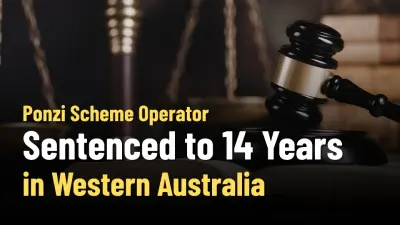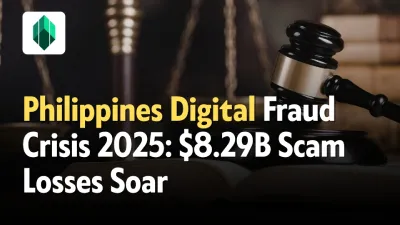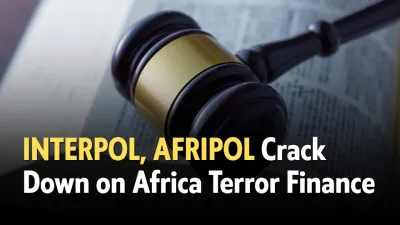简体中文
繁體中文
English
Pусский
日本語
ภาษาไทย
Tiếng Việt
Bahasa Indonesia
Español
हिन्दी
Filippiiniläinen
Français
Deutsch
Português
Türkçe
한국어
العربية
Crypto.com Delists USDT and 9 Tokens to Comply with MiCA Regulations
Abstract:Crypto.com delists USDT and 9 tokens to comply with MiCA regulations. Users must withdraw assets by March 31. Learn more about MiCA’s impact on stablecoins.

Crypto.com is making big changes to follow Europe‘s new crypto regulations. By January 31, 2024, the exchange will delist Tether’s USDT stablecoin and nine other tokens, including Wrapped Bitcoin (WBTC), DAI, Pax Dollar (USDP), PayPal USD (PYUSD), Staked ETH (stETH), Staked SOL (stSOL), Liquid Cronos (LCRO), and XSGD. Users will have until March 31 to withdraw these assets. After that, any remaining tokens will be automatically converted to a stablecoin or asset that complies with Europes Markets in Crypto-Assets (MiCA) rules.
MiCA is a set of strict regulations designed to bring more transparency and safety to the crypto industry in the European Economic Area (EEA). One of its key requirements is that stablecoins, like USDT, must hold enough reserves to back their value. While this aims to protect consumers, it has created challenges for USDT, the world‘s largest stablecoin. Tether’s CEO, Paolo Ardoino, has expressed concerns that these rules could create risks for both banks and the crypto market. Still, Tether is working on solutions, backing projects like Quantoz and StablR, which are developing euro-based stablecoins that meet MiCAs standards.

Crypto.coms decision comes after it received full approval under MiCA on January 27. The Malta Financial Services Authority (MFSA) granted the exchange a license, making it one of the first platforms authorized to operate across the EEA under the new rules. This approval allows Crypto.com to offer regulated crypto services in Europe, giving users more confidence in its operations. By delisting USDT and other tokens, the exchange is showing its commitment to playing by the rules as Europe tightens its grip on the crypto industry.
This move highlights how MiCA is reshaping the crypto landscape, especially for stablecoins like USDT. As regulations evolve, exchanges and crypto businesses must adapt, even if it means letting go of popular assets. For users, this means more security but also changes to how they manage their crypto. As the industry grows, finding a balance between innovation and regulation remains a key challenge, and Crypto.coms latest steps are a clear sign of this shift.

Disclaimer:
The views in this article only represent the author's personal views, and do not constitute investment advice on this platform. This platform does not guarantee the accuracy, completeness and timeliness of the information in the article, and will not be liable for any loss caused by the use of or reliance on the information in the article.
Read more

Ponzi Scheme Operator Sentenced to 14 Years in Western Australia
Chris Marco, a Ponzi scheme operator, was sentenced to 14 years for a $34 million investment fraud in Western Australia. Read about the case and its impact.

Forex Broker Scams Surge Across Asia’s Trading Markets
Investment scams tied to fake forex brokers and crypto exchanges are rising in Asia, exploiting weak KYC rules and targeting cross-border investors.

Philippines Digital Fraud Crisis 2025: $8.29B Scam Losses Soar
The Philippines ranks 2nd globally in digital fraud with $8.29B annual losses. Government bans POGO, enacts laws, and fights rising scam calls in 2025.

INTERPOL, AFRIPOL Crack Down on Africa Terror Finance
83 arrests and $260M uncovered in INTERPOL-AFRIPOL’s Africa terror financing crackdown under Operation Catalyst 2025.
WikiFX Broker
Latest News
WikiFX Elites Club Committee Concludes Voting! Inaugural Lineup Officially Announced
Fake Trading Platforms Are Spreading Fast Across Asia | How Investors Are Being Tricked
eToro CopyTrader Expands to U.S. Investors
Is MH Markets Safe or a Scam? Regulation and Fund Security Explained
How to Add and Take Out Money from Amillex Broker: A Complete Guide
FCA warning: These Firms are on the list
Ponzi Scheme Operator Sentenced to 14 Years in Western Australia
Dubai VARA Warns Against Vesta Investments
Don’t Get Scammed: A Roundup of Common Online Fraud Tactics in Forex
T4Trade broker Review 2025: Is T4Trade Regulated?
Currency Calculator



